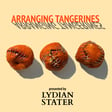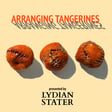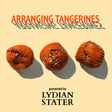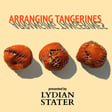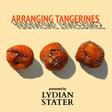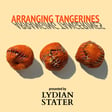
Arranging Tangerines Episode 27 - A Conversation with Laura Splan Part 1
In our first episode with Laura Splan, we talk about her Syndemic Sublime project, coopting scientific tools and processes in the service of art making, driving dynamic visualizations with unexpected data sets, utilizing software in unintended ways, NFTs as just another outlet or platform to explore, the possibilities of custom smart contracts and how they are the most material aspect of the NFT, the conventions of metadata and how exhibition opportunities and access to spaces influences her work.
Laura Splan is a transdisciplinary artist working at the intersections of science, technology, and culture. Her research-driven projects connect hidden artifacts of biotechnology to everyday lives through embodied interactions and sensory engagement. Her artworks exploring biomedical imaginaries have been commissioned by the Centers for Disease Control Foundation and the Triënnale Brugge. Her work has been exhibited at the Museum of Arts & Design, Pioneer Works, and New York Hall of Science and is represented in the collections of the Thoma Art Foundation, the Chan Zuckerberg Initiative, NYU’s Langone Art Collection, and the Berkeley Art Museum.
Her recent exhibitions featuring molecular animations and material artifacts of laboratory animals include her large-scale immersive installation in the Brooklyn Army Terminal at BioBAT Art Space. She is currently developing a new series of collaborative artworks with theoretical biophysicist Adam Lamson for a project supported by the Simons Foundation. Her research as a member of the New Museum’s NEW INC Creative Science incubator included collaborations with scientists to interrogate interspecies entanglements in the contemporary biotechnological landscape. She is now a NEW INC Artist-in-Residence at EY where she is collaborating with the Cognitive Human Enterprise at EY on projects and research exploring the implications of virtual technologies. Splan often creates public engagement with her projects to make concepts and techniques behind her work accessible to audiences with programming including everything from all ages bacterial transformation workshops to remote textiles collaborations.
